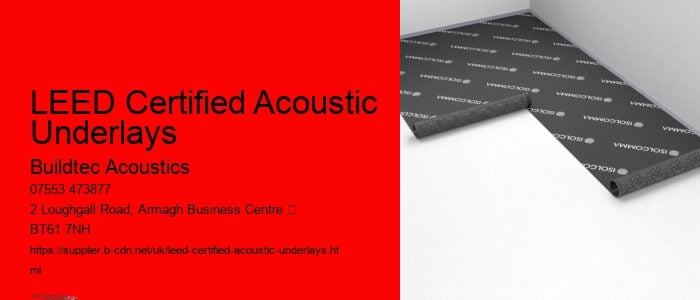In homes, whether it is a single-family detached home or a semi-detached house, the installation of acoustic underlay ensures that everyday activities do not have a negative affect on other occupants.
LEED Certified Acoustic Underlays - reverberation
- gypsum drywall
- reverberation
- poly(methyl methacrylate)
- furniture
- floating floor
- silence
- do it yourself
LEED Certified Acoustic Underlays - poly(methyl methacrylate)
- chord
- stairs
- mat
- polyvinyl chloride
- foot
- Cork
- marketing
- laminate flooring
These underlays act as a cushion that reduces the transmission of vibrations and sound through the floor. This process involves energy transformation, where sound waves are absorbed and converted into heat, which then dissipates harmlessly. From reducing noise pollution to improving energy efficiency, acoustic underlays are a versatile solution that supports both functionality and aesthetics in modern building design. This process involves converting sound energy into heat, which then dissipates without causing disturbances.
LEED Certified Acoustic Underlays - poly(methyl methacrylate)
- Tecsound
- perimeter
- lamination
Including acoustic underlays in renovation projects also helps ensure compliance with building insulation standards and soundproofing regulations, providing peace of mind for homeowners and builders. Acoustic underlays are also effective for vibration isolation, especially in spaces with significant sources of vibration, such as near heating equipment or heavy appliances.
LEED Certified Acoustic Underlays - gypsum drywall
- wall
- ceiling
- subpoena
- screed
- single-family detached home
- fear
- melody
